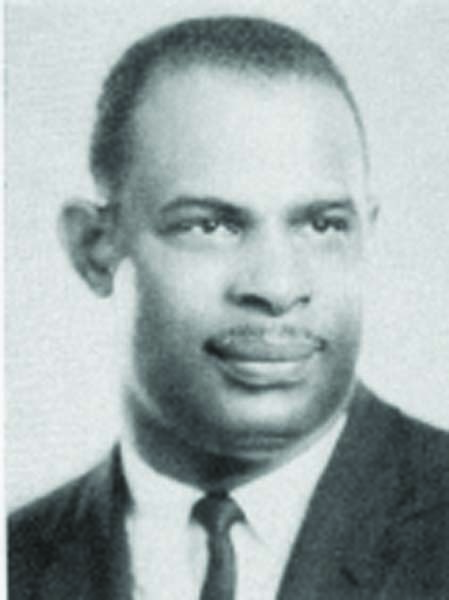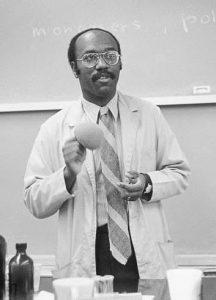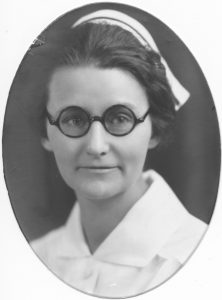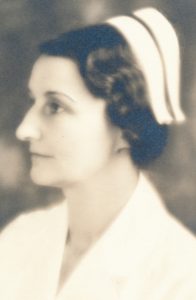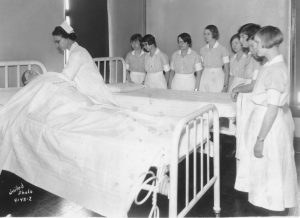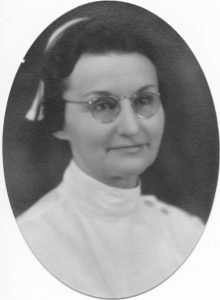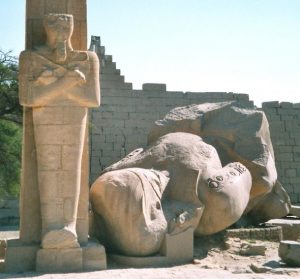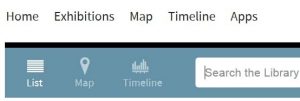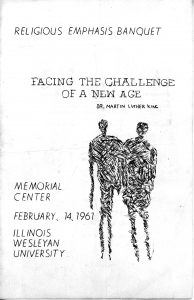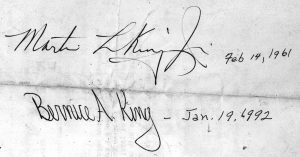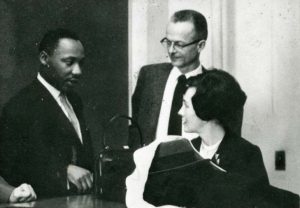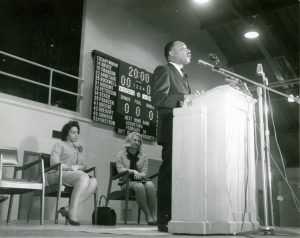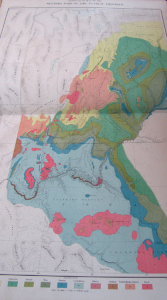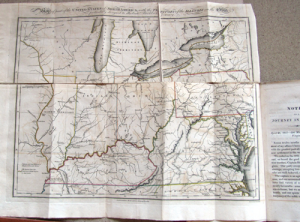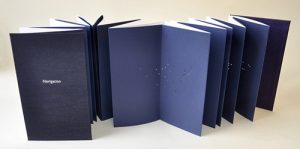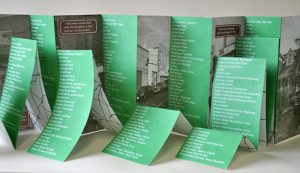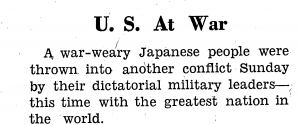In an earlier post we sketched out known histories of a variety of buildings on campus, including early residence locations for students. This time we have an intriguing new piece of knowledge about student life thanks to a new donation: a gold pocket watch.
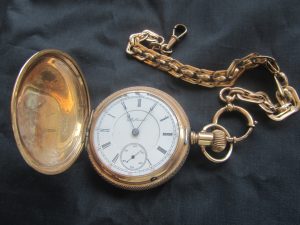
J.P. Edgar’s watch
The granddaughter of Reverend John Perry Edgar, Class of 1893, gave the university his watch and an inscription in that gift led me to an interesting finding. The inscription reads “Presented by Edgar Club, IWU, 1893.” The owner of the watch was the Club’s founder and its purpose was to provide students with room and board.

John Perry Edgar
An article describing the Club says it was formed in 1889 with 22 men enrolled as members. In 1891 the group held a “unanimous vote that ladies be admitted.”
This seems shocking, at first glance. Men and women boarding together in the 19th century? The article continues with descriptions of the benefit of such an arrangement: providing suitable company at “the dinner table [where] character is developed, courteous behavior and polished manners reign.”

1893 Edgar Club
The official word from the University was that young women should board at Henrietta Hall, a residence run by the Women’s Education Association from 1874-1892, but the same publication also acknowledged the existence of the privately run clubs.
But what about the rooms? The details with regard to the descriptions provided by the clubs seem ambiguous but the 1895 IWU Catalogue of Courses is quite clear:

1895 Boarding description
With the closure of Henrietta Hall,* rooming took place in private homes of “suitable” families but boarding with clubs continued for at least a few years after Edgar left and two (Bundy and Ross) credited him as the originator of the idea.
But back to the watch…it still keeps time well and both covers are etched but worn down with use. Still, the designs are visible: on one side are the initials JPE and on the other is a building. In this enlarged and enhanced image, it looks like Old North, which was built in 1856 and so was the first building on our campus. Edgar would also have had classes in Old Main, erected in 1870. Next time you’re on the 4th floor, stop by the archives to check out this “new” addition!
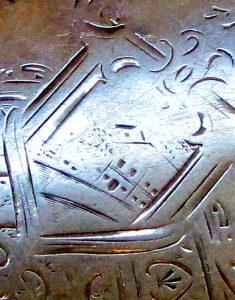
Old North in center of watch
*After Henrietta closed it wasn’t until 1956 that a dorm for women opened again. That was known as “Southwest Hall” and was operated by the Women’s Guild of IWU until it became a co-ed dorm–IWU’s first–in 1976. That’s also when it was renamed for benefactor Anna Gulick, a name it carries today.

